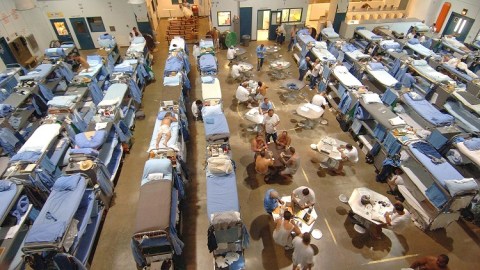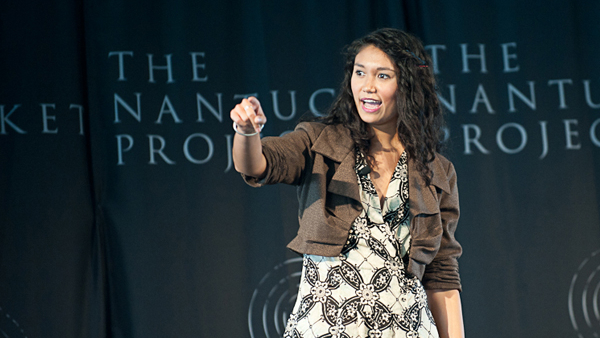Has America Created Its Own Gulag Archipelago?

The U.S. currently has the world’s largest prison population – not just on an aggregate basis, but also on a per capita basis. In fact, the U.S. now accounts for 25% of all of the world’s prisoners, despite having only 5% of the world’s population. Once you add in everyone on probation and parole, 1 in 31 Americans are caught within the criminal justice system. That’s a staggering figure, especially when contrasted to the levels of incarceration in other developed nations. Given that there has not been a major reform of the U.S. prison system in more than 45 years, is it finally time to put an end to America’s Gulag Archipelago?
Comparing America’s prison system to the nefarious Stalinist labor camp system of the Soviet era might seem a stretch – but only until you realize the magnitude of the prison overcrowding situation in states like California. In May, the U.S. Supreme Court ruled that California had to reduce the capacity rate of the state’s prison to 137.5% by 2013. Yes, that’s not a typo – the system is so over-capacity right now that California’s current prison population is nearly double its designed capacity. We’re talking hundreds of people sleeping in prison gyms and 50 people or more sharing a single toilet. This is Eighth Amendment territory of cruel and unusual punishment, where prisoners are committing suicide rather than live in such conditions. Unfortunately, as a nation, we have become desensitized us to the growth and inhumanity of the U.S. prison system.
In the former Soviet Union, which created the infamous Gulag prison system for political prisoners (and later, for just about everyone), the gallows humor during the Brezhnev era was that “half of the nation is in prison, and the other half of the nation is watching them.” At some point, putting millions of citizens behind bars creates an economic deadweight for society and a nagging sense of moral decline. This is the type of moral decline and societal rot that Nobel Prize winner Aleksandr Solzhenitsyn pointed out in works like One Day in the Life of Ivan Denisovich and most famously, The Gulag Archipelago.
There are some influential reformers within the U.S. – such as Senator Jim Webb – who understand the gravity of the situation in this country and are working for a comprehensive reform of the U.S. criminal justice system from top to bottom. In 1980, there were 500,000 prisoners in the U.S. system; 30 years later, there are 2.3 million prisoners, largely as a result of stricter sentencing guidelines.
Fortunately, seeking a reform of the prison system is no longer seen as being “soft on crime” – if only because prison overcrowding has moved from being solely a moral issue to being an economic issue. Consider for a moment that the total U.S. criminal justice system has a price tag of $200 billion a year – not exactly small change at a time when every budget, from the federal to the state level, has been under scrutiny. Prison spending is now the fastest-growing state budget item behind Medicaid. There are some who now think that cutting prison spending may actually result in cutting our crime rate. Imagine that.
Fundamentally, any economic system – whether Communist or Capitalist – that results in the incarceration of millions of its citizens is one that needs to be re-examined. Our competitors in Japan, England and Germany have figured out ways to keep their incarceration rates within reason. At a time when the mean incarceration rate around the world is 125 prisoners per 100,000 inhabitants, America leads everyone with an incarceration rate of 743 prisoners per 100,000 inhabitants. Who will be the American moral visionary – an Upton Sinclair for the 21st Century – who will help us expose the injustices of The Prison Jungle?
[image: Prison Crowded via Wikimedia Commons]





